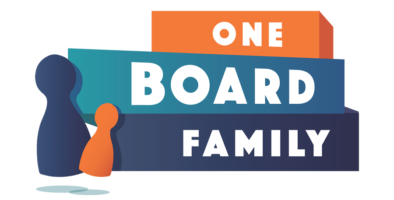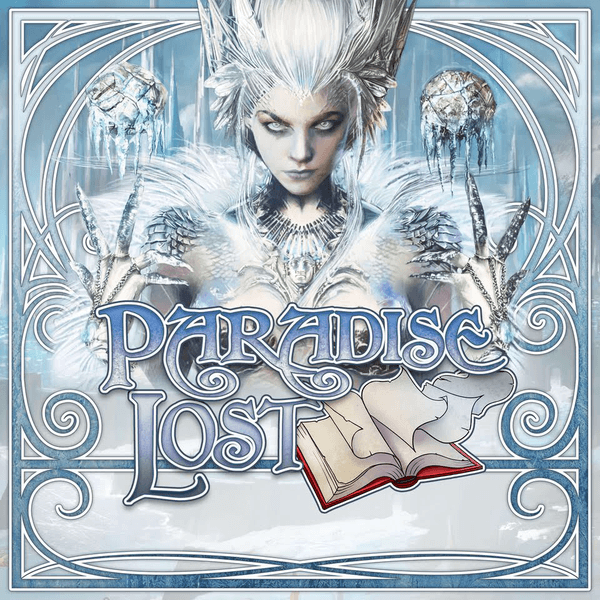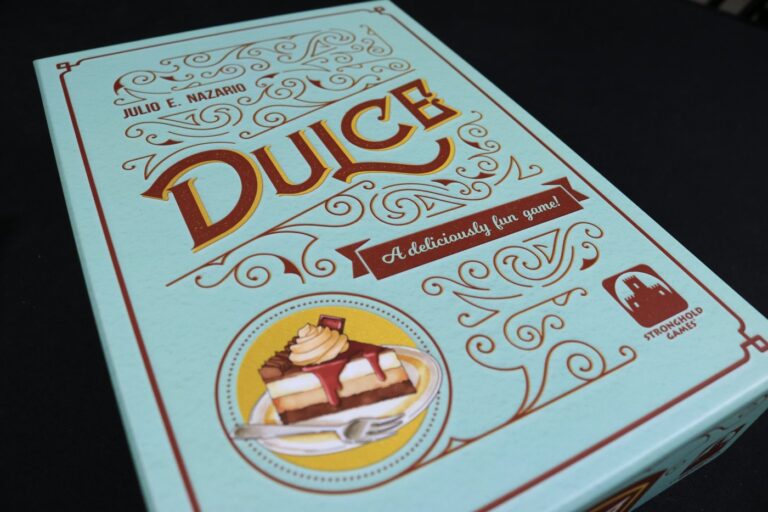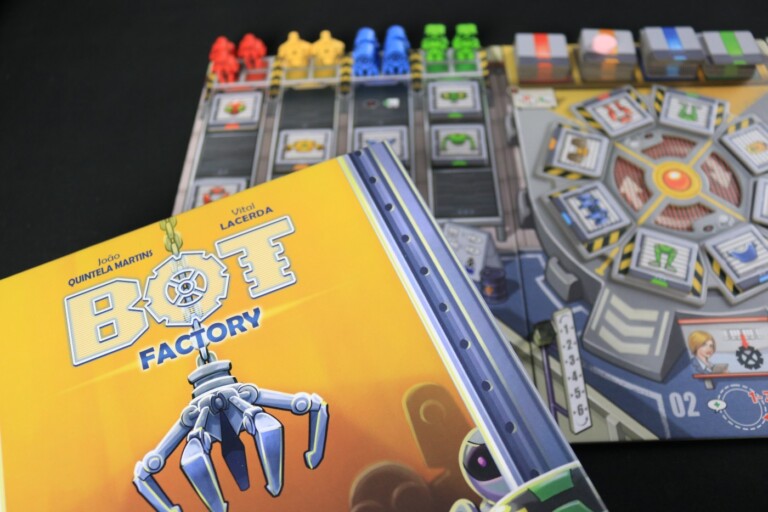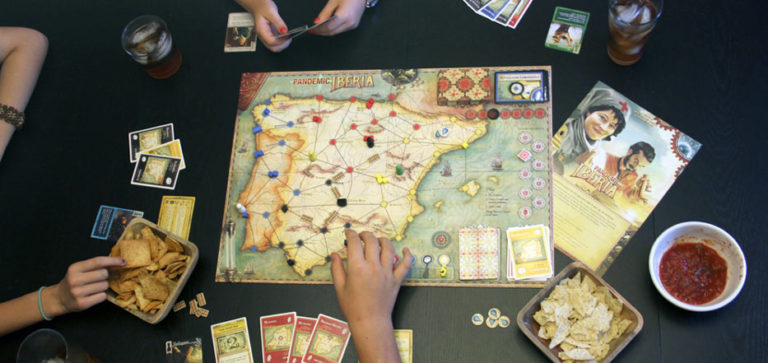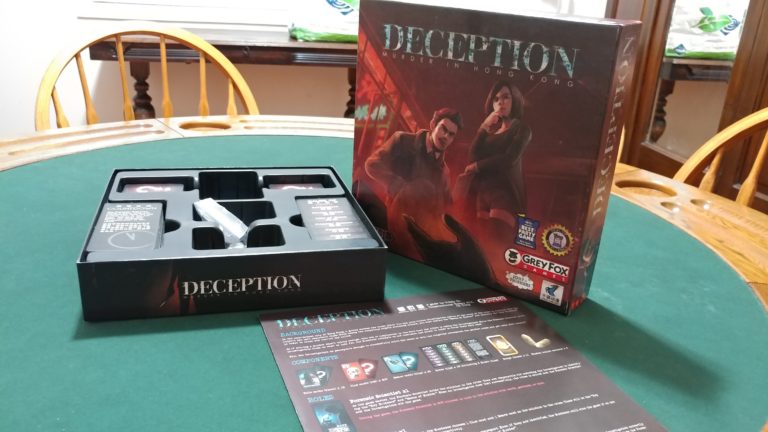Like many well-known board game titles that have been around for decades, Clue gets a bad rap among hobby gamers. To be sure, there’s definitely some nostalgia for Ms. Scarlet, Mrs. White, and Colonel Mustard However, many players are frustrated by the dice-based movement and other luck-based elements that they feel keep the game from being fair.
That being said, I personally love the idea of rushing to figure out some secret information before the other players. I enjoy asking just the right question that gives me a breakthrough on what I’m trying to determine. I love throwing off other players by inquiring about a few cards that I know I won’t see because they’re already in my hand. My heart fills with snarky joy every time I show another player a card that I already showed them earlier in the game.

So when I first learned about Paradise Lost, I was intrigued. It has that hidden information element that I love, but with a bunch of other mechanics thrown in. Not only that, but the theme is completely different, swapping out a millionaire’s mansion for a wintery fantasy world. By the end of a few playthroughs, I enjoyed the innovations to a classic game this title provided, even if they weren’t all perfectly executed.
This Ain’t Narnia
The story behind Paradise Lost is pretty intense. A sorceress, Nimue, has ripped fictional characters from their worlds and brought them to her own. Her hope is to destroy them all, as she believes that this will plunge her world into despair. Which she totally wants, what with her being evil and all.
So what will you be doing? Well, you’ll be taking on the role of those fictional characters, like Beowulf, Alice, Red Riding Hood, and… Billy Goat Gruff? Anyway, you’ll be moving around the fantasy world, trying to figure out which champion Villain the sorceress has summoned, as well as the weapon that must be used to achieve ultimate victory.
Board Game Offspring?
You’ll accomplish this task through mechanics that seem like Tokaido and Clue had a very lovely baby. There is no turn order, but rather it’s always the turn of the player that is furthest back on the game board. That player may put their piece on any unoccupied space further down the track to take the action associated with that space.
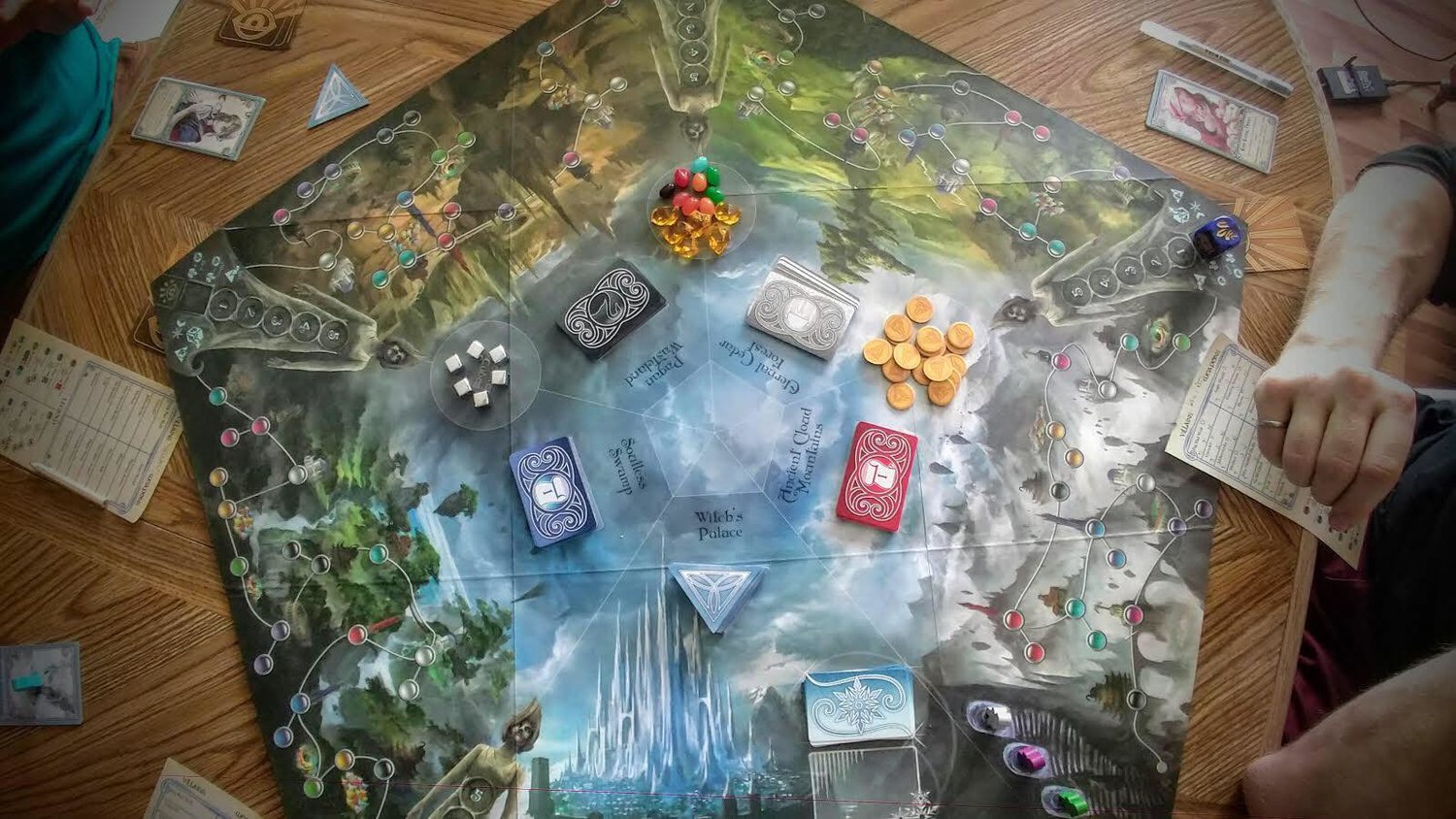
Most of the spaces you occupy will let you collect the major resources in the game – mana and coins. These resources allow you to do a variety of things in the game, many of which involve helping you figure out who the villain is and what weapon must be used. Oh, and how are those determined? Clue style, in a secret little envelope on the board.
Much of your deduction will take place at stops along your path called Oracles. These operate in a similar manner to the inns in Tokaido, in that every player will stop there and play doesn’t continue until all players have arrived. While there, a card that is placed at each Oracle during setup is revealed, letting people cross off that option as a possible Villain or weapon. In addition, players can pay an additional cost to ask other players about any two particular cards. Going from the left of the player, anyone who has at least one of the cards in question must reveal it to the active player.
You’ll continue around the board, gathering resources and continuing your investigation, until you have finished visiting the fourth Oracle. At that point, you’ll be at the gates of the White Witch’s palace, ready to make your guess as to the secret Villain and weapon. Your guessing order can be determined by a few different things, usually the number of a particular resource that you have. The first person to guess both secret cards correctly wins the game!
But Wait, There’s More!
Now, I want to give fair warning to those reading: I’ve left out a lot of information about some of the major mechanics in this game – more than I usually leave out – because it would’ve turned into me just quoting the rulebook. Here are just a few highlights:
- There are stops along the way that act like painting spots in Tokaido. You’ll try to stop at a certain number of these spots over the course of the game, and if you do, you’ll automatically get to know the Villain or the weapon. If you happen to make enough of the right moves, you’ll actually get to know both!
- There are special spots along the path that have you drawing Black Swan or Truthseeker cards, both of which can impact the player in different ways.
- There’s a Rage track for the White Witch, and as it increases, it can make the game more challenging for players.
- There’s another part of visiting the Oracle that has you trying to figure out the hideout of the secret Villain. There’s lots of manipulation and protection that can happen at the Oracle, but if you manage to find the Hideout, you’ll automatically get to make the first guess when you get to the end of the game.
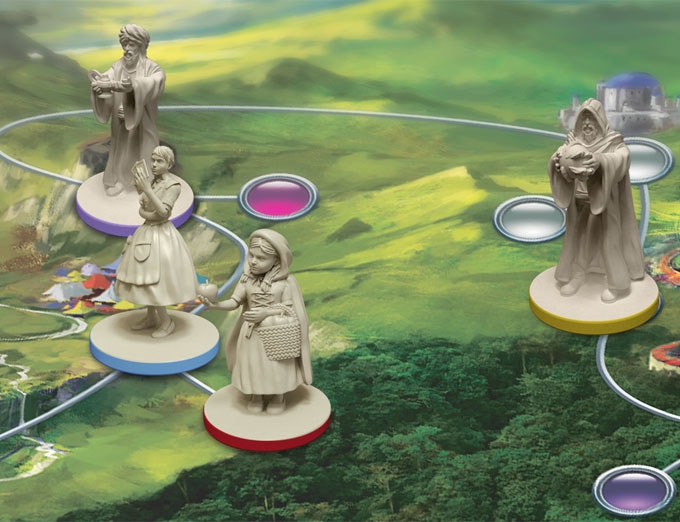
These mechanics, plus a few others I still haven’t mentioned, all work together to make a well-woven system that’s hard to discern at first. When playing Tokaido, as each space is explained, you understand why it is important and how it might benefit you. With Paradise Lost, it’s going to take a little while before you really understand some of the spaces. You won’t initially get why you need particular resources, or why you might want some of those cards. But eventually, the picture becomes clearer, and you’ll feel much more prepared once you start your second game.
Well Hey! It Fits!
When I first started the game, I was a bit concerned that Tokaido and Clue were too different to work well together. However, as I played and played, it clicked. There are several different paths that you can take in order to be successful by the end of the game, but you can’t completely ignore anything either. You’ll need to plan your turns out strategically to make sure that you get the information and resources that you need, while also preventing other players from making moves that might give them an advantage over you.
The one thing that never really clicked for me was the theme. I really like the artwork, and the playmat and figurines were stupendous. However, it’s just really hard to see that link between fairy tale creatures and an investigation mechanic. While I know that games based on Sherlock Holmes have been done to death, I wonder if that would’ve been a better way to go so that everything is more cohesive.
With all that said, I still had a good time with Paradise Lost, and I think that many people would find enjoyment out of it. It feels like a great evolution for those who have enjoyed hours and hours of Clue. It’s also an intriguing innovation for players who had a great time with Tokaido. The theme might not work for me, but it could work for other players. All in all, I think it’s a very interesting game, and one that some gamers may want to check out.
You can pick up your own copy of Paradise Lost through Green Feet Games’s website.
Highs
- Great artwork and solid components
- An interesting marriage of two game mechanics
Lows
- The theme didn’t really work for me
Images provided by the publisher.
